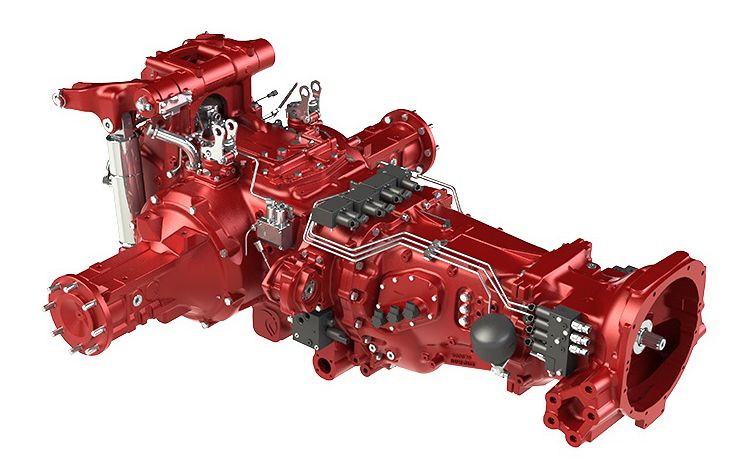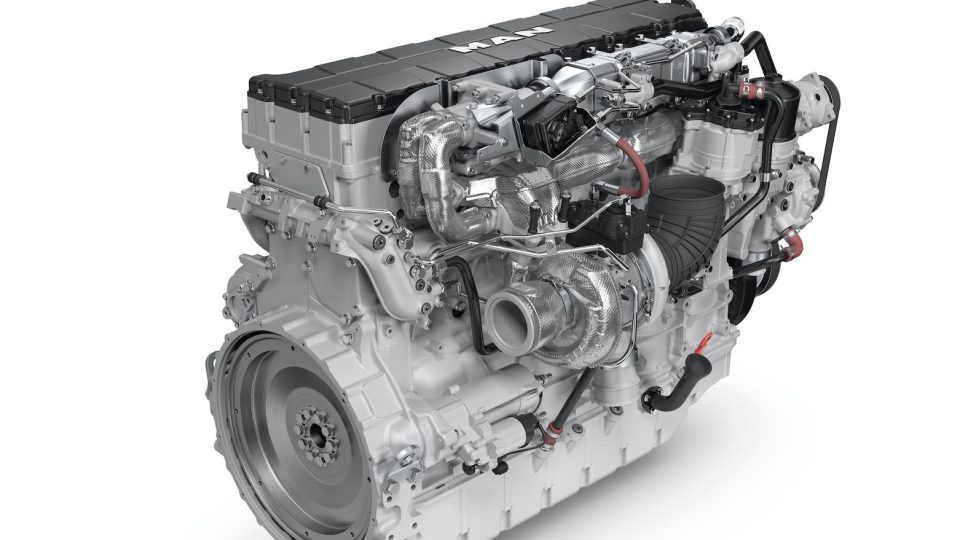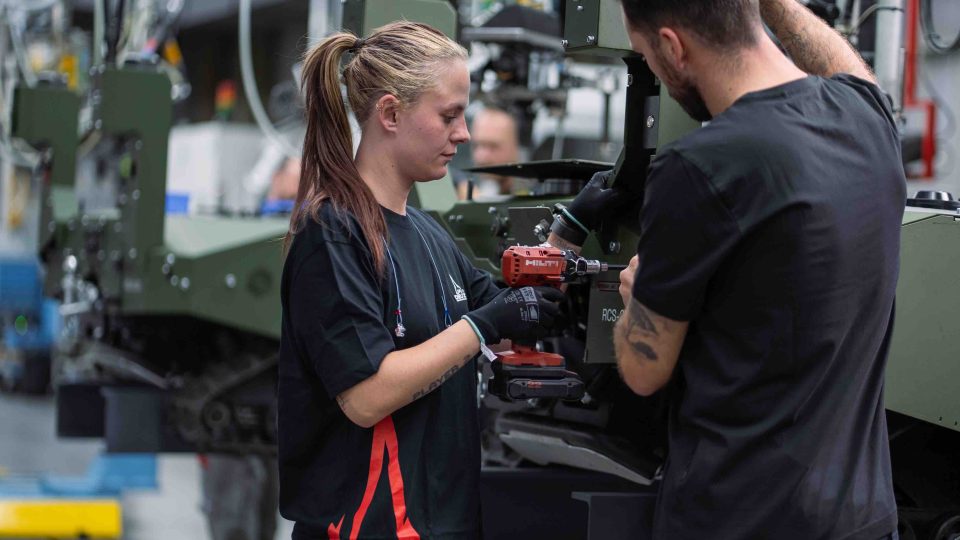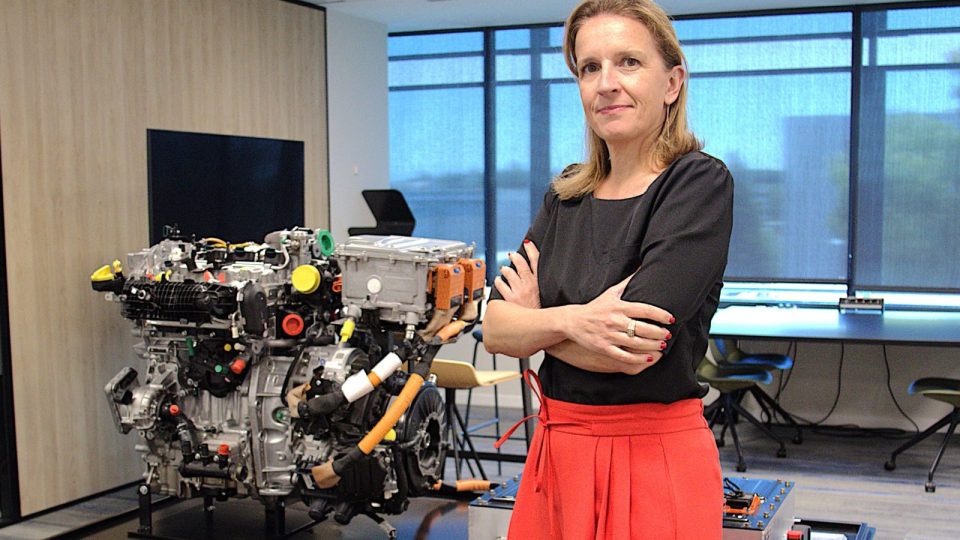Himoinsa white paper: on the road to hydrogen, gas is becoming the fuel of today
Himoinsa shared its latest white paper about gas written by Manuel Aguilera, Global Gas Unit Head at Himoinsa. In a context where emissions regulations are becoming increasingly strict, gas generators play an important role, especially in sectors such as the rental market, which seeks to ensure the reduction of the carbon footprint and significant savings in the operating costs of its equipment.
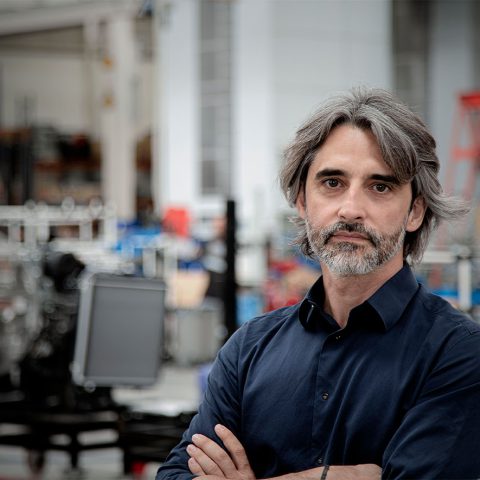
The power industry is experiencing radical change, even more so following the sudden unleashing of the latest social and geopolitical factors (pandemics, war, inflation…). Thankfully, our reaction to these events has been to strive even harder to reduce the emission of pollutants; both emissions that are harmful to health (NOx, SOx, CO, particulates) and those that cause global warming (CO2, CH4, NOx and CO).
Together with electric vehicles, renewable sources of power are two of the realities that we are all perceiving in our day-to-day lives and which, this time, seem to be unstoppable due to the factors mentioned above. Hydrogen has been the latest to enter this power transition process and there is a clear commitment to the development of an infrastructure that will enable its expansion and consolidation.
Renewable sources of power, the sun, wind, and electric cars have facilitated a degree of widespread generation and electrification that was unthinkable until recently. And this story would have a happy ending in 10 to 15 years’ time if advances in power storage were commensurate. But many say that this is not yet the case and that in the short-term sufficient storage will not be available at a reasonable price. Hence, gas and nuclear power are becoming a key element on this game board, on this road to net zero by 2050. And they will be for many years to come until power storage makes it possible to manage these renewable power sources, or until hydrogen production can cover our power needs to the maximum. Moreover, they will not become redundant with the arrival of hydrogen, rather they will coexist for many years in a power mix in which each source will have a specific role to play.
And in this context, the European Parliament has recently approved the taxonomy of nuclear and gas as “green”, in other words, they are sustainable sources of power, given that it is considered that renewable sources are not currently able to produce all the electricity that countries and economies need on a daily basis. This decision by the EU therefore makes it possible to further accelerate decarbonisation with the support of sources that generate lower emissions, such as gas, and that complement renewable sources whenever the latter present certain limitations.
And this reality of complementarity is a constant reality. At present, whenever renewables are unable to meet a given level of demand, when the electric system does not have enough power, or also even in those sectors where the use of renewable power is impractical, power generation has to be provided by generator sets. “In the short term, the renewable electric system, whether distributed or not, is unlikely to be able to power all these EVs, electrical machinery, aero-thermal systems, and so on, without the needed back-up power generation that a generator set can provide. And when the grid fails to provide sufficient power, if you are to maintain voltage and frequency, you also need to have the capacity to generate power with a fast response time. And that is one of the applications where natural gas generation is most needed, whether small capacity plants (stand-alone or hybridized with batteries) or combined cycle,” cautions Manuel Aguilera, Global Gas Unit Head at Himoinsa.
The challenge of generating large storage plants without a large outlay is a reality. Many articles have discussed the exorbitant price of charging the world with 100% renewable power, a scenario that many describe as ‘economically infeasible – and that is even before we take the limited durability of batteries into account. Certain countries, such as the United Kingdom, have been very clear about this for years now, and are committed to distributed natural gas generation plants, the latest version being hybridized with batteries.
Moreover, plants with this type of capacity do not usually work more than 1,500 hours per year (out of a total of 8,760 hours) precisely because they are there as backup for renewables and, in addition to being low-carbon, their use is low but decisive.
How may we be affected by the gas crisis that has arisen in Europe in recent months?
Himoinsa offers gas solutions with both NG (Natural Gas) and LPG (Liquefied Petroleum Gas) for the rental sector, Mobile Power. Our most popular solution is precisely our LPG generator set which is exempt from the supply problems originating in Russia which mainly have to do with the reduced availability and increased price of Natural Gas. The LPG solution is also preferred due to the fact that it is easy to store and transport the fuel, in a manner very akin to diesel. NG depends on being able to connect to the pipeline or to large power plants where LNG is worth the investment.
Why does gas play an important role in the power generation sector?
There are many reasons why gas should be considered a key fuel for the generator set market. The main reasons follow below:
- Gas is already an available and well-established solution that makes it possible to reduce our carbon footprint and other emissions, enabling us to adhere to our roadmap towards a sustainable planet.
- Gas is an excellent alternative to the problems and concerns voiced by the rental sector following the arrival of Stage V technology, which is intended to reduce emissions of diesel units, in compliance with EU Regulation 2016/1628 for non-road mobile machinery. That is why diesel generator sets incorporate new after-treatment systems that on the one hand represent a change in the way the equipment is used and, on the other, give rise to a degree of uncertainty among rental companies as it is considered a more sophisticated system. In this respect, gas generator sets, with their consolidated technology, already incorporate a simple three-way catalytic converter that eliminates 90% of CO, NOx, SOx, and particle emissions and 20% of CO2 and noise emissions. Their use does not, therefore, imply a change of equipment as far as the manufacturers are concerned, or a change in the way the equipment is used, as far as the user is concerned, while at the same time guaranteeing compliance with European regulations on emissions.
- Regulations vary in different areas of the world. There are more restrictive regions where more environmentally friendly power generation systems have been implemented, such as in the USA (Tier 4) and Europe (Stage V). However some of the rest of the world operate without strict regulations that restrict or regulate the emission of pollutants. Once the use of gas generator sets is globally standardized, CO2emissions will be reduced regardless of the existence or not of such regulations.
But despite all these arguments, which appeal primarily to awareness, commitment, and responsibility in terms of contributing to sustainability, if we are still asking ourselves “why gas?”, then let’s consider other points that address more economic and operational reasons:
- Because it’s cheaper; cheaper than diesel at a time when the price of gas is soaring, as is currently the case. Let’s also not forget that a large part of the government subsidies that encouraged the use of certain fuels are being withdrawn, as in the case of the United Kingdom, where they have abolished the subsidies for the use of red diesel.
- Reduced operating and maintenance costs since the life cycle of gas engines are longer than that of diesel engines, and oil changes last longer and are more spaced out over time. So much so in fact, that in the case of a gas engine of up to 100kW, the overhaul interval can be extended 50% more than that of a diesel engine, as much as double in 100kW to 1MW power ratings, and up to three times greater in power ratings above and beyond 1MW.
- We provide users with training programmes on how to operate gas equipment and all they need to bear in mind to ensure ease of use.
- Competitive acquisition costs (CAPEX). If the price of a gas generator set has traditionally been higher than that of a diesel generator set, nowadays, with the advent of the new Stage V technology, the price of diesel generators has increased and is now very similar to gas generator sets.
- Fuel distribution and accessibility are no longer a barrier. We have established agreements with LPG and LNG distributors, such as Flogas in the UK and Repsol in Spain and Portugal, to provide end users and rental companies with easy access in terms of refilling internal gas tanks, built into the generator sets, and also of the installation of external LPG tanks to extend the running time of the equipment wherever it is needed. The objective is to offer a comprehensive LPG solution for events and construction, industrial and residential applications…
- These units guarantee a continuity of the technology normally used in generating power, which allows companies in the sector to continue operating with generator sets (internal combustion equipment) and easing the transition to new technologies (use of batteries, renewable sources…). Of course, this is a technological leap that we will experience but in a progressive manner in the process of energy transition towards zero emissions.
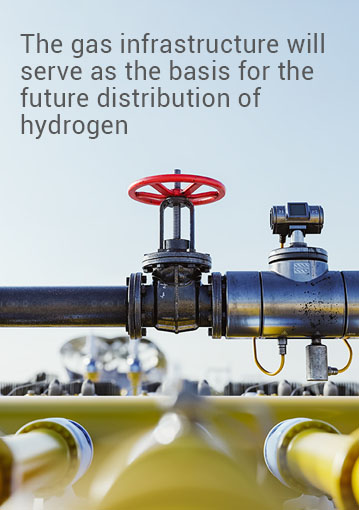
CONCLUSION | The gas infrastructure will serve as the basis for the future distribution of hydrogen
There is no one fuel or power source that can single-handedly bring us closer to a CO2-neutral world by 2050. The commitment to Natural Gas, LPG, and biogas is good news. We will urgently cut 20% of CO2 emissions in the power generation sector – where the deployment of renewables will take time and pose certain constraints – and thus contribute to drastic emission reductions.
Most importantly, we will be laying the foundations and the common infrastructures for the future distribution of precious hydrogen and other renewable gases such as biomethane. When it is available in sufficient quantity and once it is injected into the natural gas distribution grids, every system that is connected to the gas grid will progressively move towards using a renewable, zero-emission source. But without a doubt, the first step is to continue to promote and invest in gas-fired power generation systems and to promote the storage, distribution, and use of gas, regardless of whether it is LPG or LNG. This will help to build an infrastructure from which hydrogen will later benefit.
And once hydrogen has arrived, for years to come thereafter, we will continue to witness the coexistence of hydrogen with batteries, gas and diesel generator sets, renewables, hybridization…




